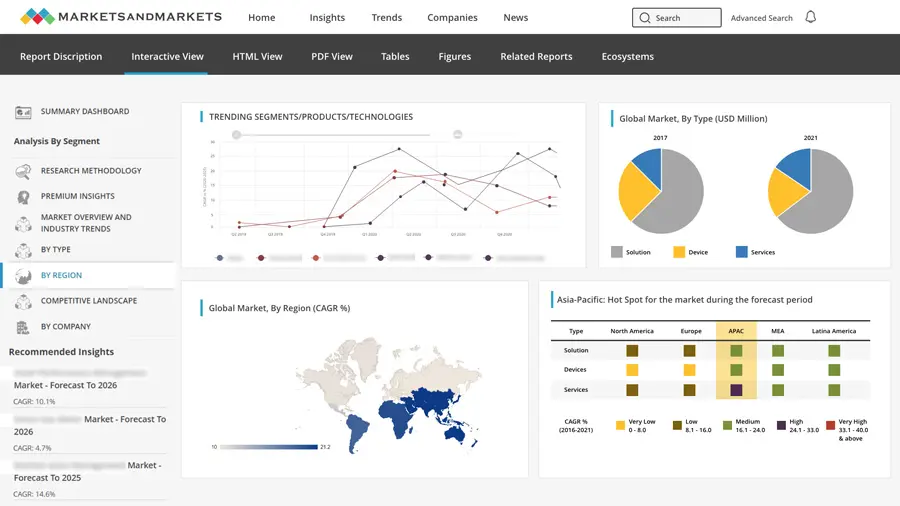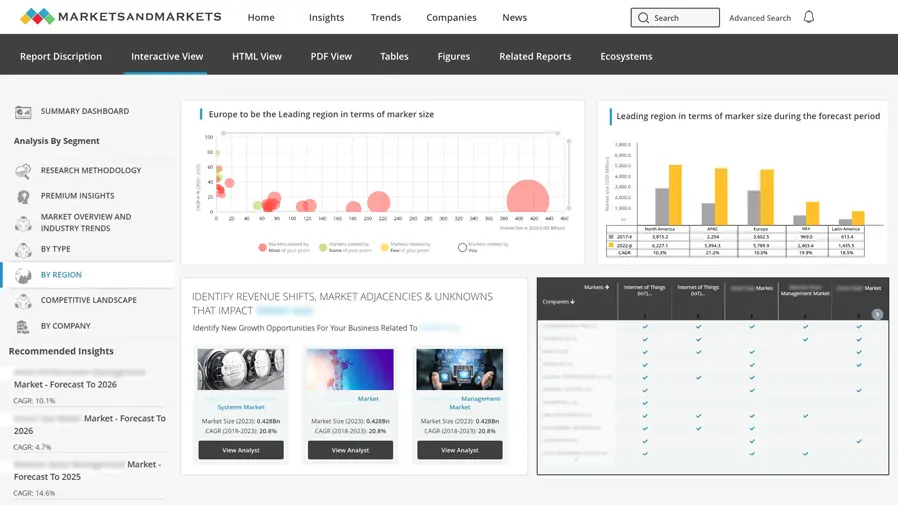Inkjet Printer Market – Global Forecast To 2030
Introduction to the Inkjet Printer Market
The inkjet printer market is a significant segment of the global printing industry, known for its versatility, cost efficiency, and ability to produce high-quality outputs. Inkjet printers use fine nozzles to spray ink droplets directly onto substrates, enabling detailed and vibrant prints. These printers cater to various applications, from office and home use to industrial printing, packaging, textiles, and electronics. The market’s growth is driven by increasing demand for customized and on-demand printing solutions across diverse industries, coupled with ongoing innovations in printhead technology and ink formulation.
Recent Developments in Inkjet Printer Technology
Technological advancements are revolutionizing inkjet printing, making it more efficient, sustainable, and adaptable. Recent innovations include piezoelectric printheads, which enable precise ink droplet placement and compatibility with a broader range of inks, including UV-curable and solvent-based variants. Continuous Inkjet (CIJ) systems are gaining traction in industrial settings for high-speed printing on complex surfaces, such as packaging and labels. Eco-friendly advancements, such as water-based and low-VOC inks, address environmental concerns. Additionally, hybrid printing systems that combine inkjet with other technologies like offset or flexography are emerging to meet the needs of high-volume and high-quality production.
The Impact of Generative AI on Inkjet Printer Development
Generative AI is playing an increasingly pivotal role in developing inkjet printers, particularly in optimizing design and operational efficiency. AI-driven algorithms are being used to enhance printhead designs, improving resolution, speed, and durability. In ink formulation, AI aids in developing inks that are more durable, vibrant, and compatible with diverse substrates. Furthermore, generative AI enables predictive maintenance for printers by analyzing operational data to forecast potential failures, reducing downtime. Integrating AI into software platforms also supports advanced color management, design automation, and real-time adjustments, providing users with seamless and enhanced printing experiences.
Latest Updates and Market Trends
The inkjet printer market is witnessing notable trends, including the rise of industrial and textile printing, driven by demand for personalized and sustainable solutions. Digital packaging printing is another fast-growing segment, supported by e-commerce growth and increasing consumer demand for custom packaging. The adoption of IoT-enabled inkjet printers is gaining momentum, allowing for remote management and enhanced operational efficiency. The Asia Pacific region is geographically leading market expansion, with significant adoption in industrial and commercial applications. In addition, the market is seeing increasing investment in UV inkjet technology, which offers fast curing and excellent durability for specialty applications.
Challenges and Opportunities in the Inkjet Printer Market
Despite its growth, the inkjet printer market faces challenges such as high operational costs due to expensive consumables like ink cartridges. Maintaining print quality at high speeds is also a technical hurdle, particularly in industrial applications. Environmental concerns around ink waste and energy consumption also need to be addressed. However, the market presents numerous opportunities, including the growing demand for eco-friendly solutions and automation in industrial printing. Emerging markets and advancements in ink chemistry, such as developing conductive inks for electronics, offer avenues for diversification. Collaboration between manufacturers and software providers can further enhance capabilities and adoption rates.
















Growth opportunities and latent adjacency in Inkjet Printer Market